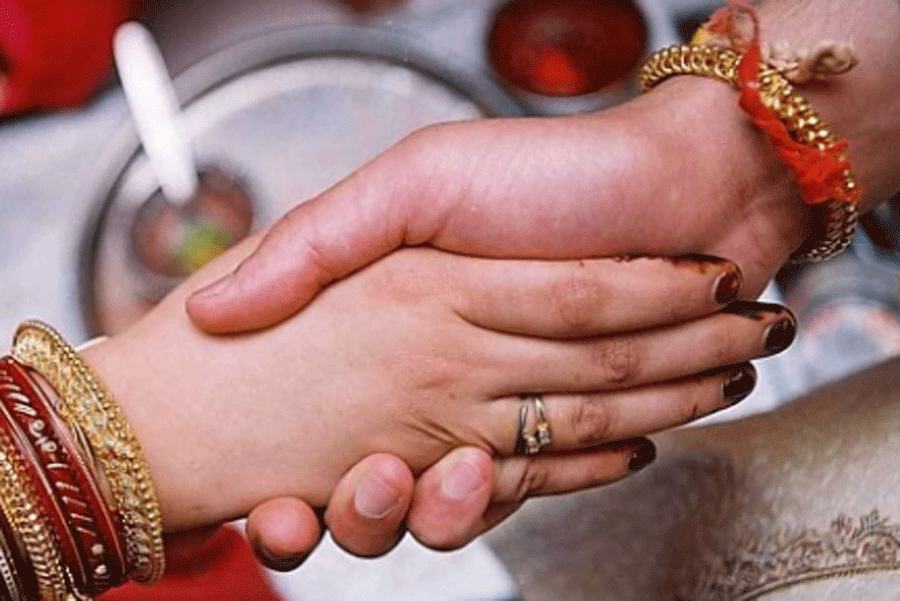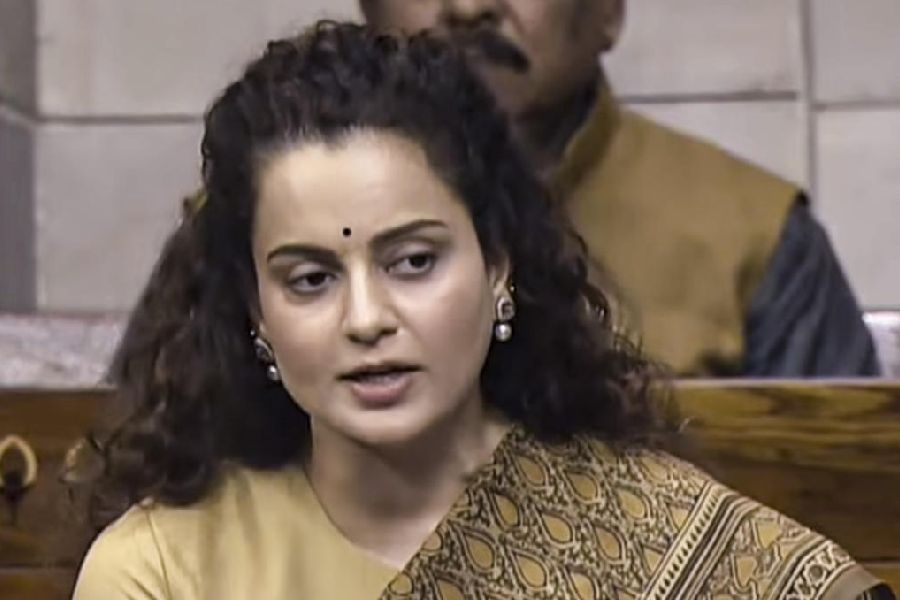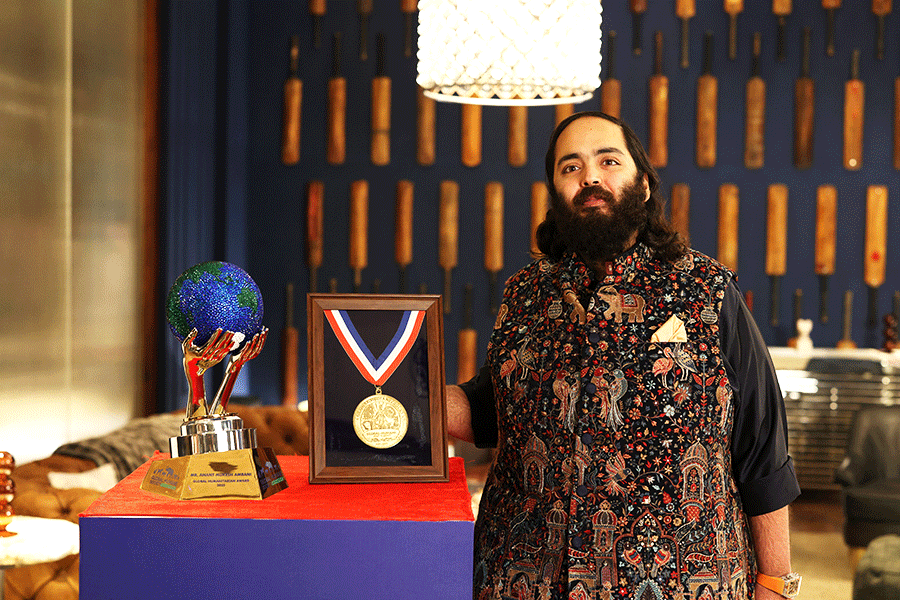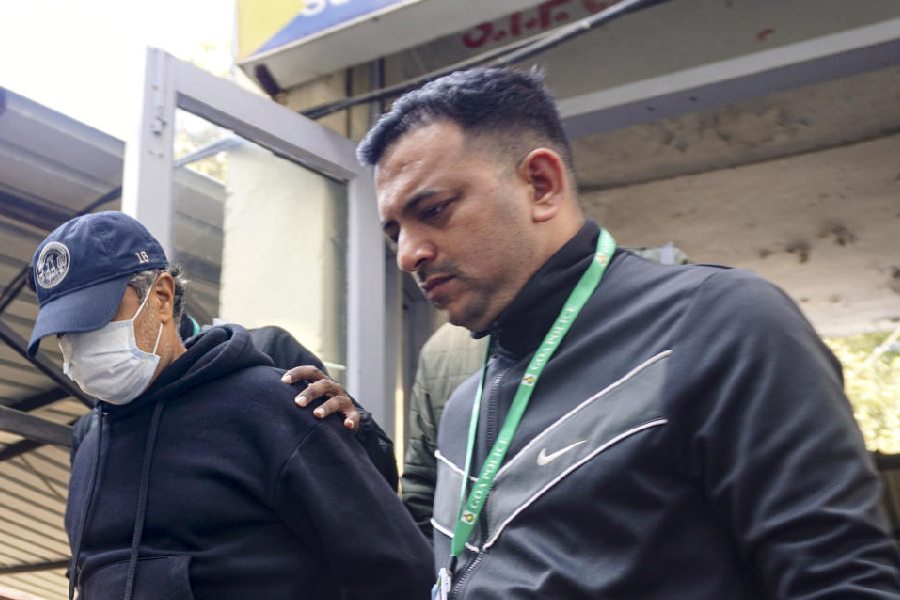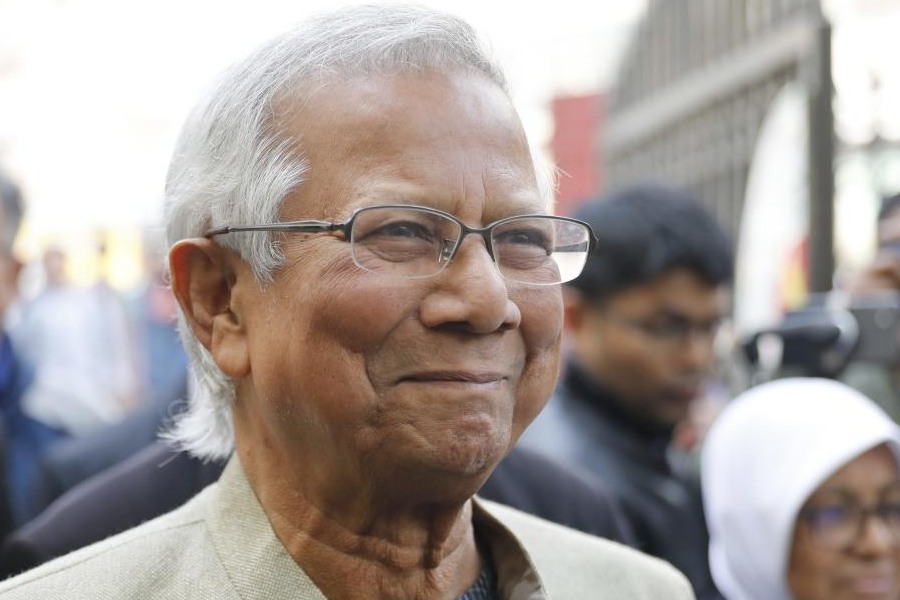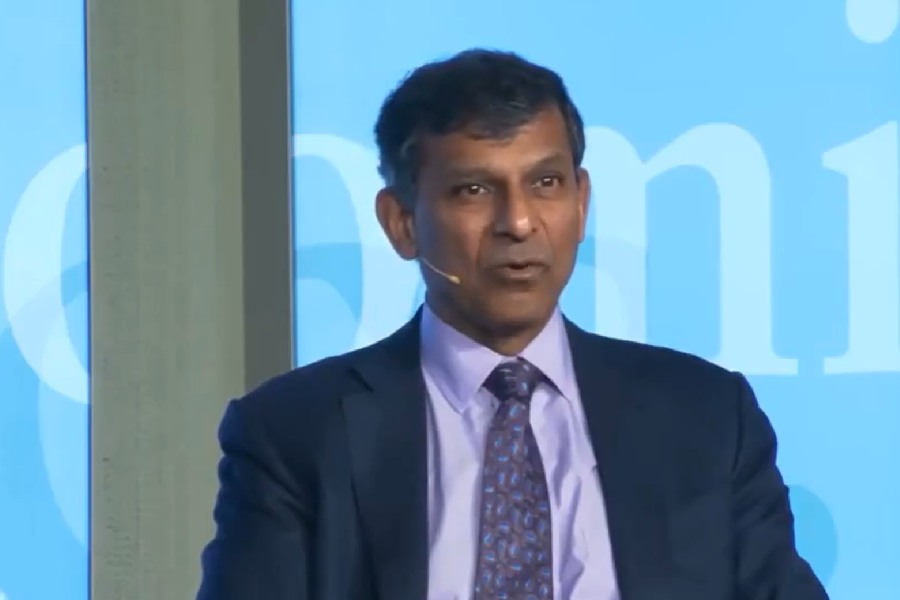Across the world and over time, marriage has been misused as a tool for the subjugation of women. This harsh truth, which is seldom spelt out so clearly except by some activists, was pronounced by the Supreme Court judge, Surya Kant — next in line for the chief justice of India in all probability — at a seminar. As against the oppression of women in marriage, the judge said that family law must evolve with the idea that marriage is an equal partnership based on dignity and mutual respect. In olden times, marriage was not a civil contract but was regarded as a sacrament, while in pre-colonial times, the guiding principles of marriage were moral and social, not legal. The judge’s account pointed to the ways in which marriage had become a repository of patriarchal values, depriving women of their rights. What the judge did not mention specifically but is implicit in the kind of relationship he described is the sense of ownership to which men seemed to be entitled. The fact that women did not begin to be educated until fairly recently also contributed to the inequality within marriage.
The judge lauded the fact that India’s family law was progressing in the right direction to ensure women’s rights and make them “equal stakeholders entitled to autonomy and protection”. He said that family law stood at the intersection of emotion, morality and justice, and as such was complex and socially significant. He was apparently happy that both the legislature and the judiciary were helping women’s empowerment, with striking down oral triple talaaq, or coming down heavily on child marriages, or insisting on the registration of marriages and so on. Among the laws that have been formulated to help women, the judge mentioned the Hindu Marriage Act, which made equality a right, reflecting constitutional values, the legislation protecting Muslim women so that they could demand maintenance, and the laws against domestic violence, cruelty and dowry harassment.
While this seems an impressive arsenal, it is also true that the marital home is still a frequent site for violence, and there are still a large number of dowry deaths in the country. On an average, 19 women died of dowry harassment in the country every day in 2020. In the same year, the largest proportion of crimes against women — 30 % — occurred in the marital home. A 2019-2021 survey revealed that 32% of married women had experienced some kind of violence within marriage. These figures cannot give the right picture as women are chary about complaining against their husbands. And they exclude marital rape — a corollary of the sense of ownership and power — because it is still not outlawed in India. So even though family law has truly progressed, as the judge said, there is still work to be done. What is needed is a change in mindset for the laws to be meaningful. That is obviously still to come.

